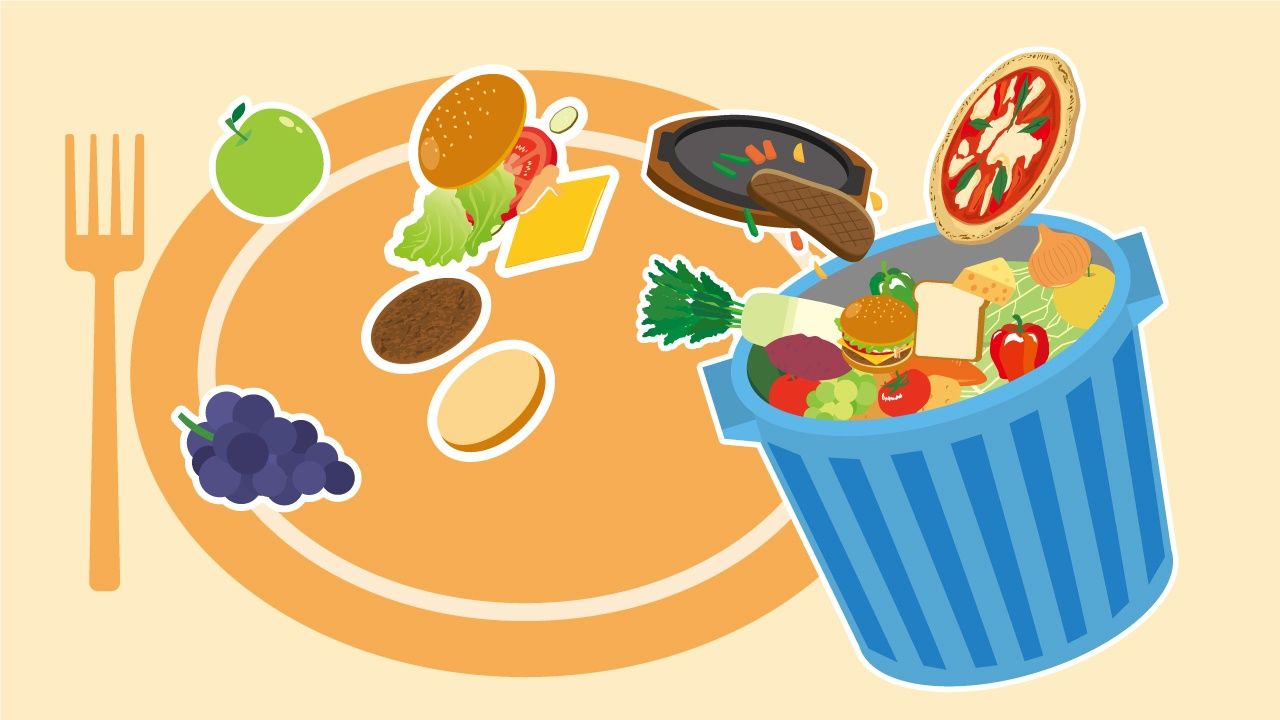
Japan Reaches Food Waste Reduction Target Eight Years Early
Society Environment Food and Drink- English
- 日本語
- 简体字
- 繁體字
- Français
- Español
- العربية
- Русский
In fiscal 2022, the estimated food waste in Japan decreased year on year by 510,000 tons, for a total of 4.72 million tons (2.36 million tons from businesses and 2.36 million tons from households), thus achieving the government’s target of limiting waste to 4.89 million tons eight years ahead of schedule. The 4.72 million tons of food waste announced by the Ministry of Agriculture, Forestry, and Fisheries and the Ministry of the Environment is equivalent to a per-capita waste of around 103 grams per day, which amounts to an annual per-capita total of 38 kilograms.
The government had set the target for fiscal 2030 of reducing the amount of food waste in Japan to 4.89 million tons (2.73 million tons from businesses and 2.16 million tons from households) as compared to the fiscal 2000 level of 9.8 million tons (5.47 million tons from businesses and 4.33 million tons from households). Retailers and product manufacturers have been working to relax delivery deadlines and extend expiration dates, leading to a significant decrease in the volume of business waste generated, which in turn has contributed to the overall decrease in volume. The amount of household waste generated in fiscal 2022 only decreased year on year by 80,000 tons, however, falling 200,000 tons short of the reduction target.
One of the causes of food waste to date is that the retail industry has followed a business practice known as the “one-third rule,” in which deliveries are not accepted if one-third of the time between the production date and the expiration date has been exceeded. For example, if a food product has a shelf life of six months from the date of manufacture, the manufacturer must deliver the product within two months.
According to MAFF, an increasing number of supermarkets and convenience stores have relaxed delivery deadlines and extended expiration dates. In some cases, the shelf life of products has been extended by changing best-before date on products from year, month, and date (e.g. 2025.1.1) to just the year and month (e.g. 2025.1). Another effort carried out by stores to reduce business-related food waste is temaedori (“take one from the front”), an initiative that involves placing products that are near their expiration date at the front of shelves to encourage shoppers to purchase them.
In fiscal 2022, the majority of household food waste resulted from either direct disposal of unopened food items or partially consumed food items, accounting for 43% of waste each. The Ministry of the Environment says it will work to reduce waste by informing consumers about changes in the labeling of expiration dates and the impact of food waste on household budgets.
One of the Sustainable Development Goals (SDGs), which were established through the 2030 Agenda for Sustainable Development adopted by the United Nations in September 2015, is to halve per capita global food waste at the retail and consumer levels by 2030.
(Translated from Japanese. Banner photo © Pixta.)


